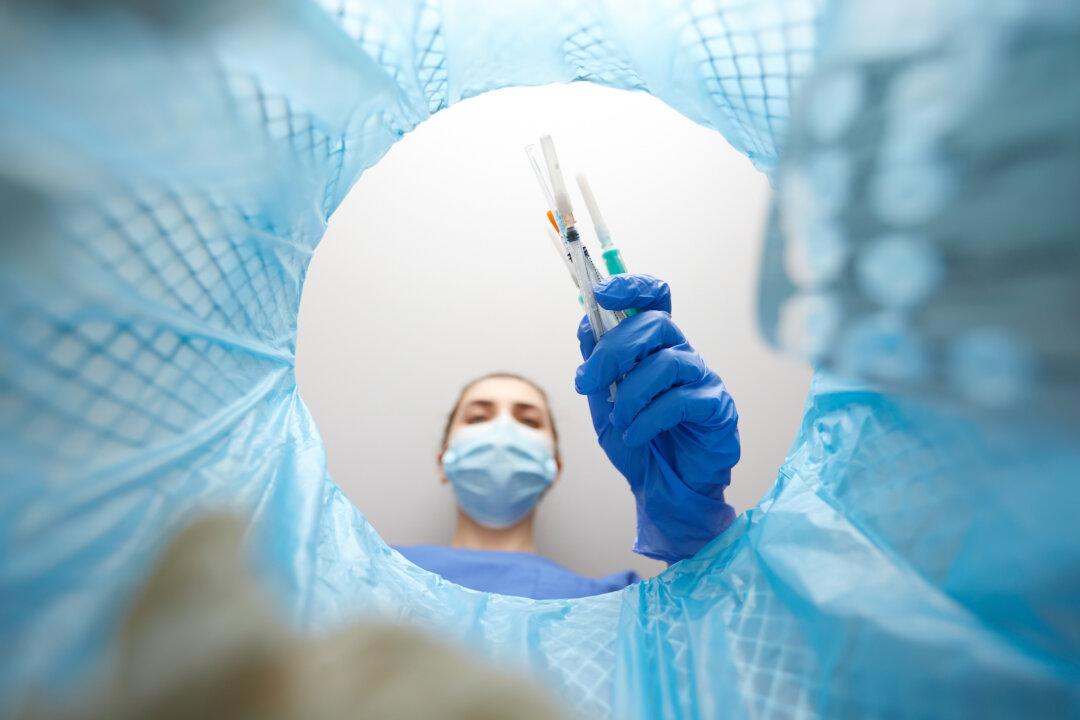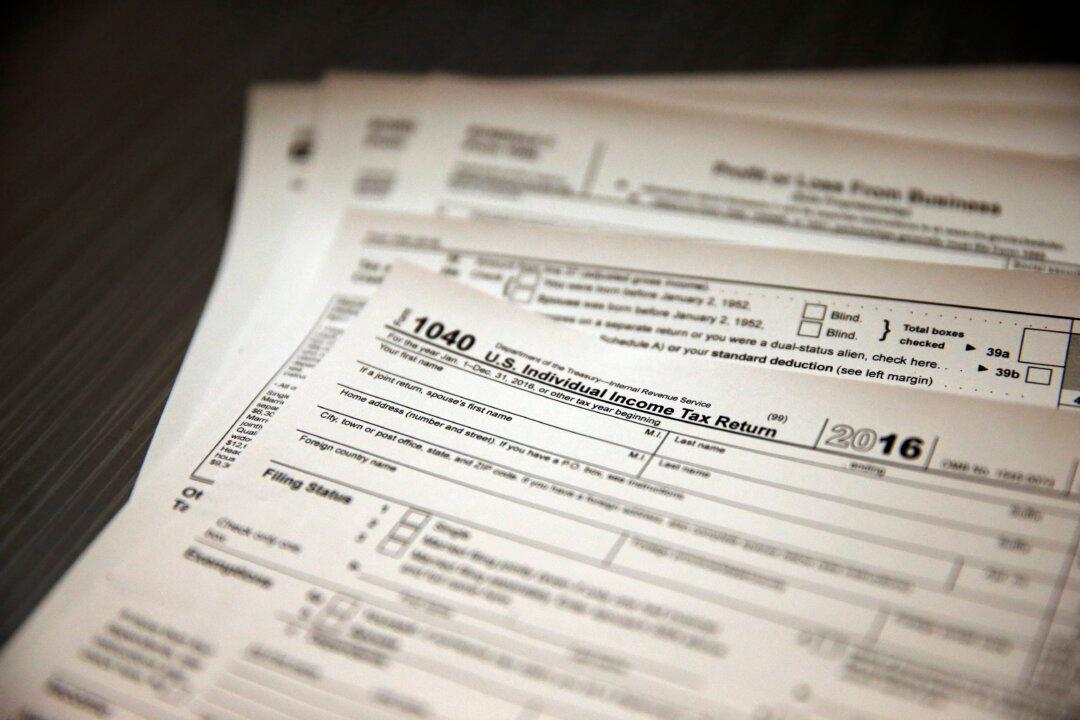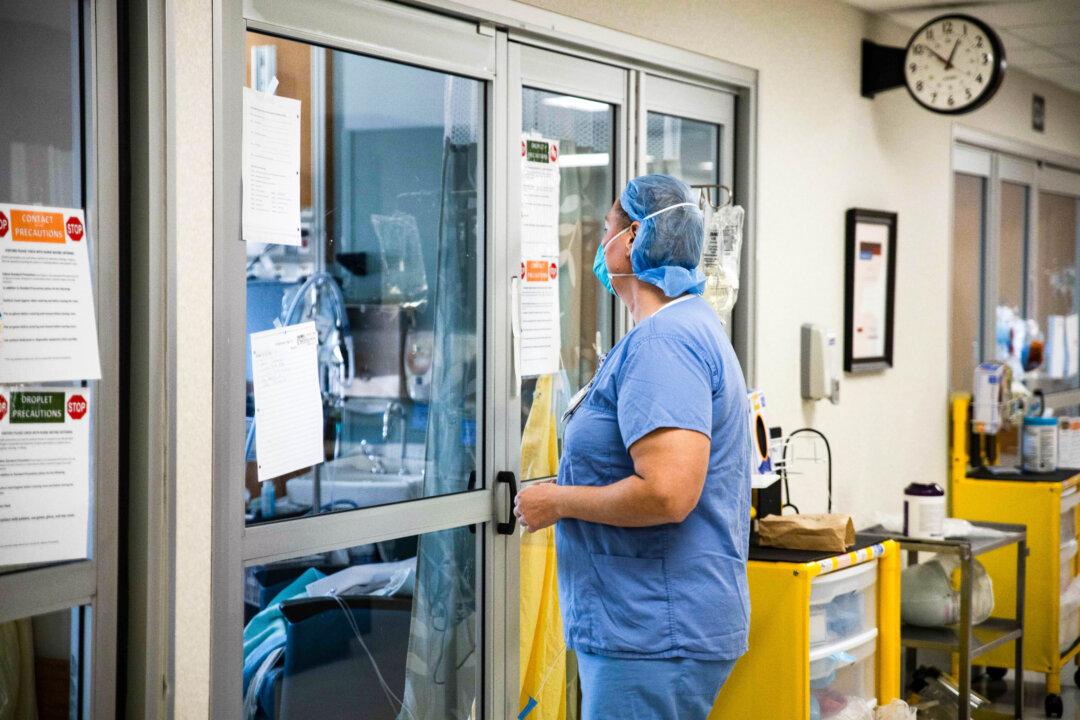News Analysis
Since the advent of COVID-19, there have been many increasing global health threats—pneumonia, Streptococcus Group A, lung infections, fungal pathogens, and the periodic recurrence of other COVID-19 pandemic virus strains compounded from original ones.




